Caviar, often referred to as the epitome of luxury, has been savored by aristocrats and connoisseurs around the world for centuries. Among the various types of caviar available, black, red, and green caviar hold a special place. This article delves into the nuances of each type, exploring their distinct characteristics, sourcing, and market demand. 1. Black Caviar: Black caviar, also known as Beluga caviar, is renowned for its exquisite taste and delicate texture. It is sourced primarily from the Huso huso sturgeon, found in the Caspian Sea. Beluga caviar is characterized by its large size, ranging from light gray to almost black pearls. The caviar’s unique spherical shape, creamy texture, and subtle buttery flavor make it highly sought after. Due to overfishing and environmental concerns, Beluga caviar is relatively rare and commands a premium price in the market.
.
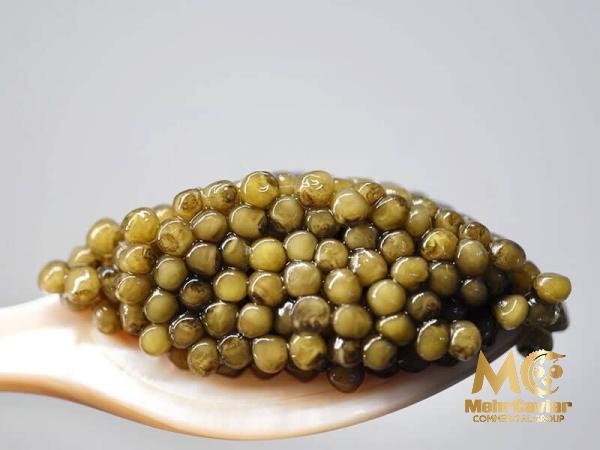 2. Red Caviar: Red caviar, derived from salmon roe, possesses a distinct flavor and appearance. Salmon caviar is known for its vibrant reddish-orange hue and smaller, more delicate eggs as compared to black caviar. This type of caviar is highly prized for its slightly salty taste, bursting with the characteristic flavors of the ocean. Salmon caviar is widely popular in Asia, where it is enjoyed as a topping for sushi, dip, or garnish. It is also more accessible and affordable compared to black caviar, making it a popular choice for those seeking a luxurious experience at a slightly lower price point. 3. Green Caviar: Green caviar, often referred to as sea grapes or caviar of the sea, is derived from the Caulerpa lentillifera algae. This type of caviar is native to Southeast Asia, commonly found in Indonesia, the Philippines, and Malaysia.
2. Red Caviar: Red caviar, derived from salmon roe, possesses a distinct flavor and appearance. Salmon caviar is known for its vibrant reddish-orange hue and smaller, more delicate eggs as compared to black caviar. This type of caviar is highly prized for its slightly salty taste, bursting with the characteristic flavors of the ocean. Salmon caviar is widely popular in Asia, where it is enjoyed as a topping for sushi, dip, or garnish. It is also more accessible and affordable compared to black caviar, making it a popular choice for those seeking a luxurious experience at a slightly lower price point. 3. Green Caviar: Green caviar, often referred to as sea grapes or caviar of the sea, is derived from the Caulerpa lentillifera algae. This type of caviar is native to Southeast Asia, commonly found in Indonesia, the Philippines, and Malaysia.
..
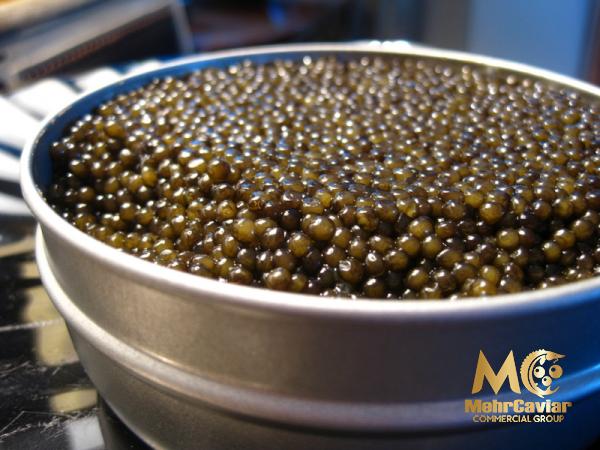 Its unique appearance, resembling small, translucent green pearls, adds a touch of vibrancy to any dish. Green caviar boasts a refreshing, crisp texture with a mild, subtly salty flavor. Unlike black and red caviar, green caviar is vegetarian-friendly and has gained popularity amongst health-conscious consumers for its nutritional benefits. Market Trends and Demand: The market for black, red, and green caviar has witnessed significant fluctuations over the years. The decline in wild sturgeon populations has led to increased regulations and prompted the rise of aquaculture and sustainable farming methods. These efforts have aimed to satisfy the growing demand for caviar while preserving the delicate ecosystem. While black caviar remains the epitome of luxury, its scarcity has paved the way for an increase in demand for alternatives such as red and green caviar.
Its unique appearance, resembling small, translucent green pearls, adds a touch of vibrancy to any dish. Green caviar boasts a refreshing, crisp texture with a mild, subtly salty flavor. Unlike black and red caviar, green caviar is vegetarian-friendly and has gained popularity amongst health-conscious consumers for its nutritional benefits. Market Trends and Demand: The market for black, red, and green caviar has witnessed significant fluctuations over the years. The decline in wild sturgeon populations has led to increased regulations and prompted the rise of aquaculture and sustainable farming methods. These efforts have aimed to satisfy the growing demand for caviar while preserving the delicate ecosystem. While black caviar remains the epitome of luxury, its scarcity has paved the way for an increase in demand for alternatives such as red and green caviar.
…
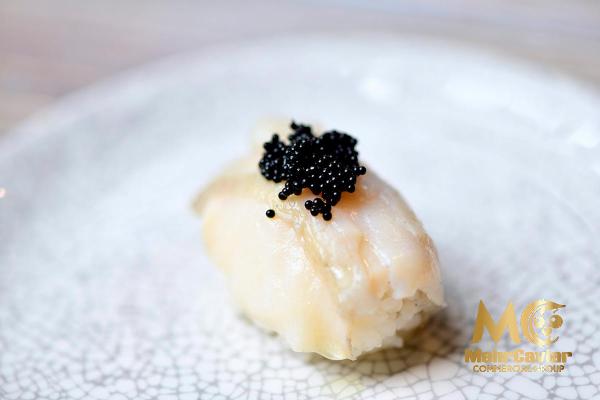 Red caviar, being more accessible and affordable, has gained popularity in the global market, especially in regions such as Russia, Japan, and the United States. Green caviar, with its vegetarian nature and unique flavor profile, has captivated the attention of health-conscious consumers seeking a luxurious yet sustainable option. Conclusion: Black, red, and green caviar continue to captivate the palates of culinary enthusiasts worldwide. Each type offers a distinct sensory experience and caters to a range of tastes and preferences. While black caviar remains the pinnacle of opulence, red and green caviar provide alternatives for those looking to indulge in the flavors of the sea in a more sustainable and accessible manner. As the market continues to evolve, caviar lovers can revel in the diverse world of these delicacies, savoring the nuances of each variety.
Red caviar, being more accessible and affordable, has gained popularity in the global market, especially in regions such as Russia, Japan, and the United States. Green caviar, with its vegetarian nature and unique flavor profile, has captivated the attention of health-conscious consumers seeking a luxurious yet sustainable option. Conclusion: Black, red, and green caviar continue to captivate the palates of culinary enthusiasts worldwide. Each type offers a distinct sensory experience and caters to a range of tastes and preferences. While black caviar remains the pinnacle of opulence, red and green caviar provide alternatives for those looking to indulge in the flavors of the sea in a more sustainable and accessible manner. As the market continues to evolve, caviar lovers can revel in the diverse world of these delicacies, savoring the nuances of each variety.







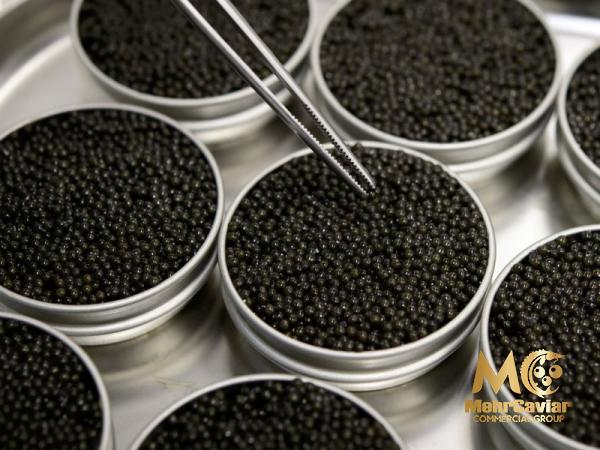
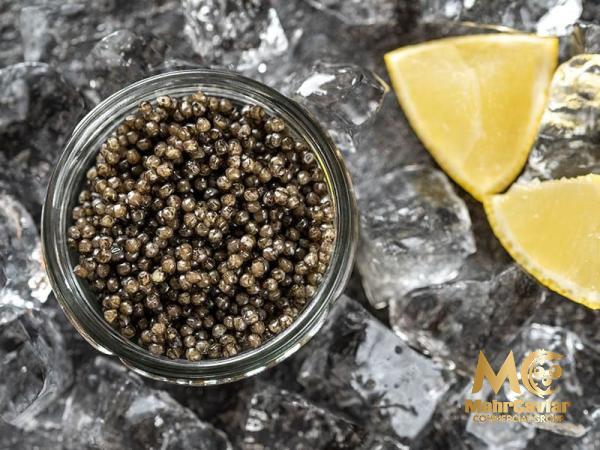
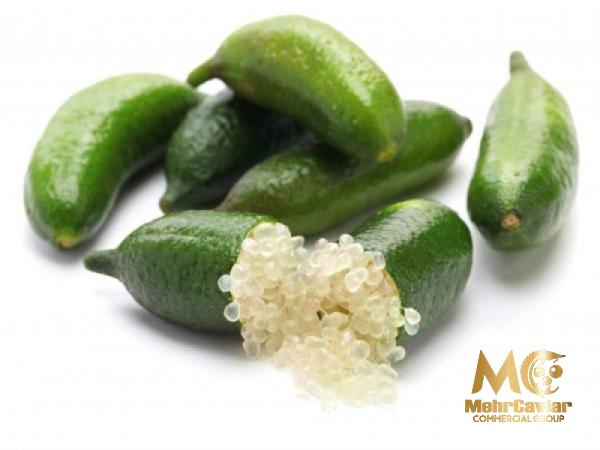
Your comment submitted.